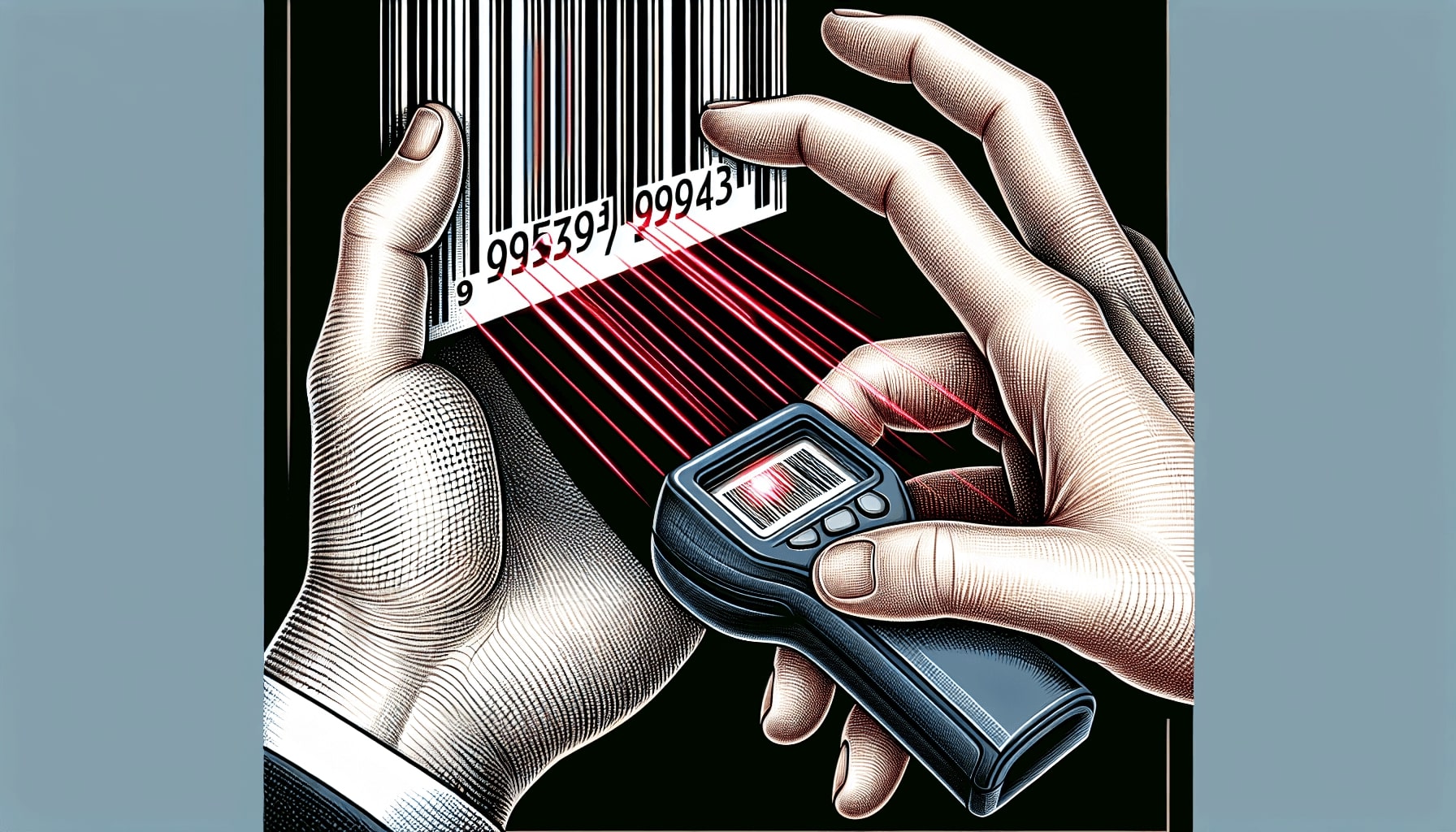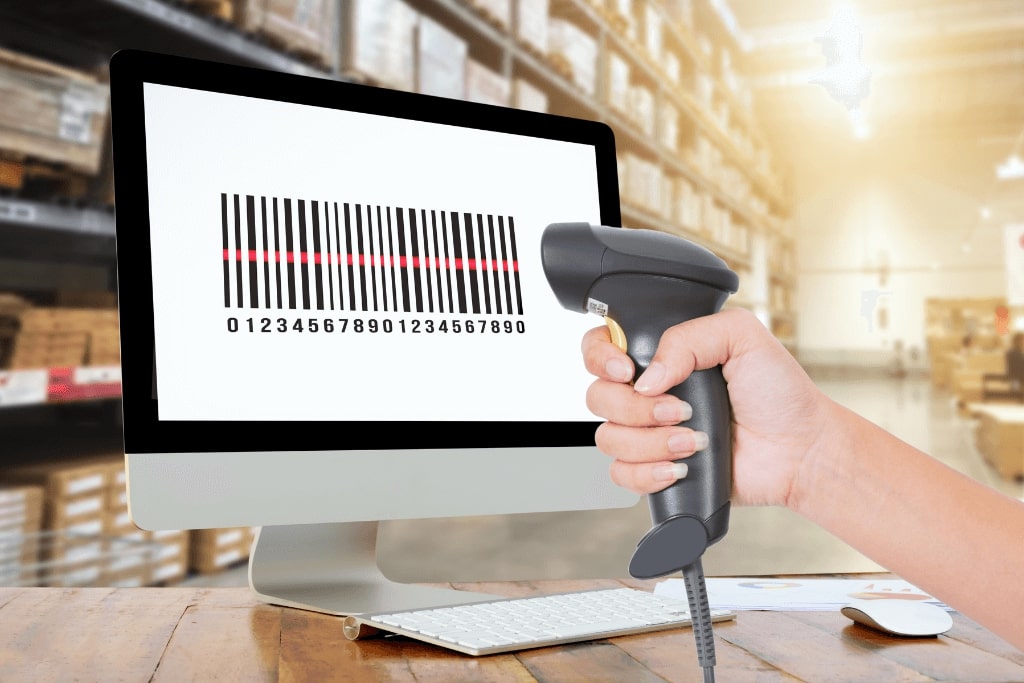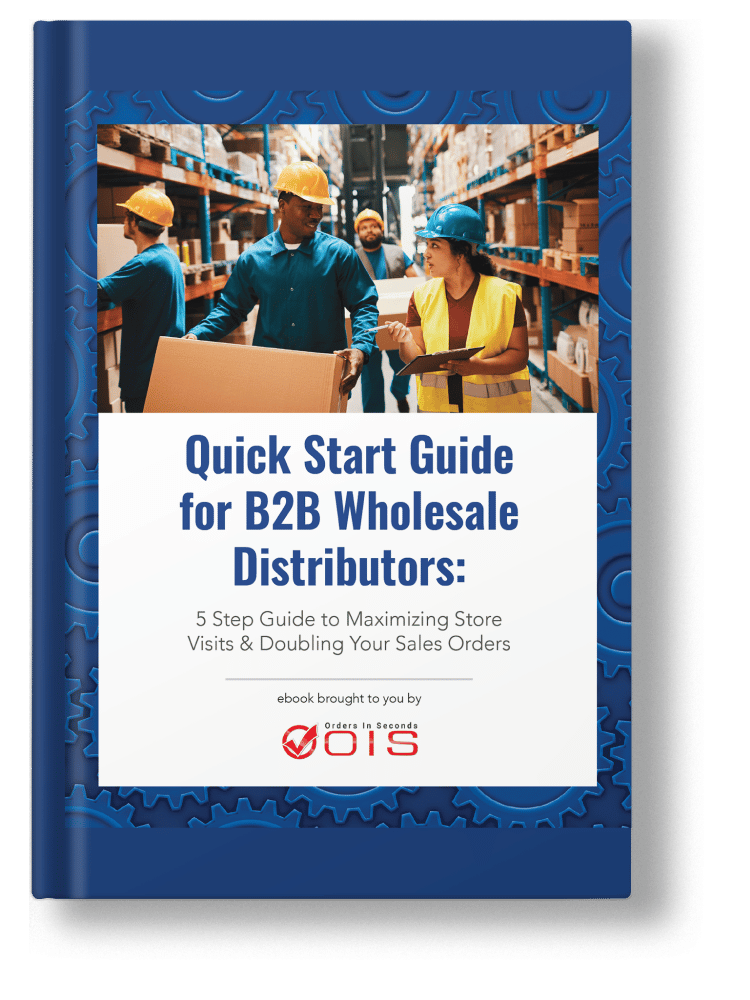Key Takeaways
When managing product identification, understanding the difference between GTIN and UPC is crucial. In fact, comprehending the “gtin vs upc” distinction is essential for businesses. GTIN (Global Trade Item Number) offers a broad, international framework for identifying items across various markets, while UPC (Universal Product Code) is more commonly used in North America for retail products. This article will guide you through the distinct features and uses of GTIN and UPC, helping you to determine which coding system aligns with your business needs by exploring the “gtin vs upc” comparison.
- GTINs are global identifiers used to uniquely identify products, with different formats like GTIN-12 (UPC), GTIN-13 (EAN), and GTIN-14 (ITF-14), ensuring exclusivity and authenticity in the global market.
- UPCs are primarily used in North America for retail product identification, consisting of a 12-digit numeric code ensuring standardized recognition and efficiency at the point of sale.
- The transition from UPC to GTIN is strategic for businesses aiming for international commerce, providing better visibility, compliance with global standards, and enabling scalability in the interconnected digital marketplace.
Table of Contents
- Understanding the Cost of Goods Manufactured (COGM)
- The Formula for Calculating COGM
- Practical Example of COGM Calculation
- Journal Entries for COGM
- Enhancing COGM Calculation with Technology
- Importance of COGM in Financial Reporting
- Best Practices for Managing COGM
- Summary
- Frequently Asked Questions
- Elevate Your Manufacturing and Wholesale Distribution with OIS Solutions
Deciphering GTIN and UPC: Understanding the Basics

At the heart of modern commerce lies a sophisticated language of numbers – the gtin and upc codes. Like the DNA of products, these codes uniquely identify every item that crosses a scanner or graces an online listing. While the Global Trade Item Number (GTIN) is the globe-trotting identifier, embracing various formats for a multitude of purposes, its subset, the Universal Product Code (UPC), favors North American shores, specializing in product identification in retail.
By understanding these systems, businesses ensure not just recognition but also a secured identity in the vast expanse of global and regional marketplaces.
The Essence of GTIN
The GTIN speaks the universal language of trade, an essential key to the global marketplace. It comes in various guises:
- GTIN-12, known in the common tongue as UPC
- GTIN-13, often seen adorning European goods as the European Article Number (EAN)
- GTIN-14, the ITF-14, which marks the quantities of cartons exchanged in the whispers of supply chains
No product, no service can share its GTIN with another, ensuring a unique signature that proves its authenticity and presence in the physical world. As a brand owner, this guarantees the exclusivity of your product’s identification.
It is the lifeblood of global trade, embodying the diversity and complexity of products from every corner of the globe.
Unraveling the UPC Barcode
North America’s favorite, the UPC, is a 12-digit numerical tale that unfolds at every checkout counter. With two main characters, the UPC-A, the standard bearer, and the UPC-E, the compact version for smaller stages, it plays a crucial role in the day-to-day theater of retail. Scanners sing as they read the UPC, a swift transactional ballet that moves customers swiftly through lines, a testament to efficiency.
This barcode’s story is one of regional pride, a specialized tool in the vast landscape of product identification.
The Anatomy of Identification Numbers

Peering into the anatomy of these identification numbers reveals a complex structure, each segment a vital organ functioning to uniquely identify, manage, and verify product identification across the globe. Like the spine of a creature, these numbers support the body of retail operations, supply chain logistics, and inventory management. They are not just codes; they are digital identities, each meticulously crafted to uniquely identifies a product’s origin, category, and brand, ensuring a seamless flow through the arteries of commerce.
Dissecting GTIN Structure
The GTIN is a marvel of structure, an assembly of digits where each has its rightful place. At its commencement stands the GS1 Company Prefix, a company’s seal within the vast marketplace. Followed by the unique product reference, a tale of variety and individuality, and concluding with the check digit, a mathematical sentinel guarding against errors.
This sequence, when properly constructed, becomes a global passport, granting products access to any market and ensuring their singular identity in the realm of trade.
Inside the UPC Number
Within the confines of the UPC, a fixed 12-digit format unfolds, a testament to standardized recognition in retail’s domain. Its digits are like actors on a stage: the company prefix, the product code, and the check digit, each playing their part in the grand production of product identification. With guard patterns as curtains framing the numerical performance, the UPC delivers a flawless show, ensuring that every scan leads to a precise match, a harmonious transaction that benefits all.
Global Reach vs. Regional Preference: GTIN and UPC in Practice

While GTINs stretch their arms across the globe, UPCs nestle in the familiar terrain of North American commerce. GTINs are the globetrotters, versatile and widely accepted, their formats gracing products and services in countless industries and nations. UPCs, however, find favor in the bustling marketplaces of North America, their streamlined efficiency a boon to retailers and consumers alike.
Together, these codes facilitate a dance of global and regional commerce, each step choreographed to perfection.
GTIN: The International Data Carrier
GTINs stand as the pillars of international trade, their structure built on the solid foundation of global standardization. With the flexibility to adapt to the varying needs of products and services, they connect the dots between different markets, enabling seamless transactions and fostering trust.
The GTIN-14, a beacon for business-to-business exchanges, carries the weight of packaging variations, its indicator digit a subtle nod to the complexities of supply. Through these numbers, trade flows like a river, navigating the landscape with ease and bringing the promise of global reach within grasp.
UPC: The North American Retail Favorite
In the realm of North American retail, the UPC reigns supreme, a trusted ally in the bustling arenas of commerce. Its role extends beyond mere identification; it is the key that unlocks efficiency at the point of sale, a swift and reliable companion in the daily exchange of goods.
With UPC’s consistency across industries, the retail ecosystem thrives, inventory is managed with precision, and the checkout process becomes a symphony of speed and accuracy.
From Barcodes to Business: Leveraging GTIN and UPC for Growth

In the quest for growth and expansion, GTINs and UPCs serve as navigational stars for businesses venturing into new markets. These codes do more than identify; they open doors to international commerce, streamline supply chains, and offer insights into sales trends.
By harnessing the power of these barcodes, businesses transform numbers into strategy, ensuring their products not only reach but also resonate in diverse markets across the globe.
GTINs and the Path to International Commerce
The journey to international commerce is paved with GTINs, essential passports for products seeking to cross borders and grace foreign shelves. With a GTIN, a product gains:
- Visibility, its digital identity shining brightly in the vastness of e-commerce platforms
- Compliance with regulations becomes a breeze
- The ability to reach customers in distant lands transforms from dream to reality.
For businesses looking beyond the horizon, GTINs are the sails that catch the winds of global trade.
The Power of UPC in Inventory and Sales Tracking
The UPC wields its power within the walls of retail, where it plays a crucial role in:
- Ensuring speed and accuracy at the point of sale
- Facilitating smooth transactions and avoiding delays
- Feeding data into inventory management systems
- Tracking sales with clarity
- Informing decisions that shape the future of the business
In the hands of a savvy retailer, the UPC is more than a code; it is a tool that sharpens the competitive edge.

As the currents of commerce shift towards a more globalized market, the transition from UPC to GTIN becomes a strategic move for forward-thinking businesses. Embracing GTINs is not merely a change in identification; it’s a step towards greater visibility, enhanced listings, and compliance with international standards.
This switch, though complex, paves the way for businesses to thrive in a marketplace without borders, where every product has the chance to be seen and sold worldwide.
Why the Shift Makes Sense
The winds of change in e-commerce beckon businesses to adopt GTINs, the keys to unlocking global markets. As the digital marketplace becomes more interconnected, the shift to GTINs aligns with the need for a universal identification system, simplifying complex inventory landscapes and enabling scalability.
In this age of globalization, GTINs are the standard bearers, guiding businesses through the intricacies of inventory management with unmatched efficiency.
Navigating the Transition Process
The voyage from UPC to GTIN is charted through careful planning and precise execution. Here are the steps involved:
Begin with a meticulous inventory analysis to identify the products in need of the global identifier.
Acquire the necessary GTINs.
Update systems to reflect the change.
With the right approach, developing efficient supply chains becomes a seamless integration into the fabric of global commerce, ensuring readiness for the demands of international trade and fostering strong relationships with trading partners.
If mistakes are holding back your wholesale business, download our free eBook “Avoid the Top 5 Mistakes Wholesale Distributors Make” and discover key strategies to optimize your operations for success!

Avoid the Top 5 Mistakes Wholesale Distributors Make
In the bustling marketplace of Amazon, the tug-of-war between GTIN and UPC is settled by stringent seller guidelines that favor authenticity and accuracy. With a laser focus on genuine product identification, Amazon’s requirements ensure that each listing stands on the foundation of a valid GTIN or UPC, a necessity for maintaining the integrity of the marketplace and the trust of its customers.
Navigating these requirements is key to a seller’s success, avoiding the pitfalls of delisting and fostering a prosperous presence in this colossal online bazaar.
The Importance of Authentic GTINs on Amazon
The quest for authenticity on Amazon begins with GTINs, the hallmarks of legitimate product listings. Venturing into this marketplace with anything less than genuine identifiers can lead to treacherous waters, where listings may vanish and the ability to create new ones can be lost.
Authentic GTINs, by contrast, stand as beacons of trust and visibility, guiding products through the maze of search algorithms and into the carts and hearts of customers.
UPC Codes and Amazon's Unique Needs
For non-book items stepping into the Amazon spotlight, UPC codes are the ticket to entry, a requirement that unlocks the gates to this vast online audience. Bundled products, a collection of treasures, demand their unique UPC, ensuring that each set is distinctly recognized and accurately represented.
Amazon’s vigilance in UPC authenticity protects not only the integrity of its marketplace but also the interests of sellers and consumers alike.
GTIN and UPC Acquisition: Where and How to Get Them
Embarking on the acquisition of GTINs and UPCs is a journey best undertaken with reputable companions like GS1, the guardians of authentic product identification. Securing these codes from trusted sources is not just a matter of compliance; it’s an investment in the efficiency and credibility of business operations.
As the linchpins of product tracking and inventory management, GTINs and UPCs, when correctly obtained, become powerful allies in the quest for market success.
Securing GTINs for Your Products
Securing GTINs for a product line is akin to charting a map for its global journey, with each GTIN marking a destination in the marketplace. Whether opting for a single GS1 US GTIN or a fleet of numbers under a GS1 Company Prefix, the choice depends on the breadth of a business’s offerings and its ambitions. The company prefix identifies the unique identity of the organization within the GS1 system.
With GS1 US as a beacon of verification, GTINs carry the seal of authenticity, ensuring smooth sailing through the verification processes of marketplaces like Amazon and beyond.
UPC Procurement Strategies
Navigating UPC procurement requires a strategy as deliberate as setting a course across the open sea. Sourcing UPC codes from authorized providers is the compass that steers businesses away from the perils of misidentification and into the safe harbor of accurate, company-specific product identification. With the correct UPC codes in hand, businesses can avoid the tempest of labeling costs and the doldrums of halted growth, charting a steady course toward operational efficiency and market expansion.
Summary
As we draw the map of our journey through the intricate world of GTIN and UPC, it becomes clear that these codes are more than mere sequences of digits. They are the pillars that uphold the edifice of global and regional commerce, the threads that weave through the tapestry of supply chains, and the keys that unlock the potential of businesses to grow and thrive. By mastering these codes, companies ensure their products bear the mark of authenticity and stand ready to meet the demands of a market without frontiers.
Frequently Asked Questions
The main difference between GTIN and UPC lies in their scope and usage. GTIN is a global identifier used for products, services, and shipments, while UPC is a 12-digit subset of GTIN primarily used in North America for point-of-sale product identification.
Yes, GTINs can be used for services and shipments in addition to physical products, providing a versatile tool for various identification needs globally.
Why might a business transition from using UPC to GTIN?
A business might transition from UPC to GTIN to comply with international marketplace guidelines, enhance product listings, and accommodate universal product identification requirements, crucial for accessing broader markets and simplifying inventory management. This transition allows the business to comply with international standards and reach a wider customer base.
To obtain authentic GTINs or UPCs, a business should get them from authorized providers like GS1 to ensure accuracy and legitimacy. GS1 provides a company prefix crucial for creating globally recognized identifiers, suitable for product listings and inventory management.
The implications of using invalid GTIN or UPC codes on platforms like Amazon include potential product removal from listings and the inability to create new product listings, as Amazon verifies these codes against the GS1 database to uphold marketplace integrity.
Maximize Warehouse Efficiency with OIS Inventory
For optimal warehouse management, it’s essential to not just focus on the numbers but also ensure you have the right tools for efficiency. Enhance your operations with the OIS Inventory App from Orders in Seconds. This powerful tool streamlines inventory management, reduces errors, and boosts efficiency, ensuring your business stays ahead in today’s competitive market.
Discover more about how the OIS Inventory App can revolutionize your warehouse management by scheduling a free demo below.





